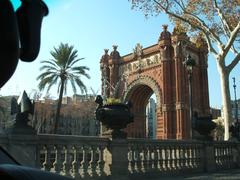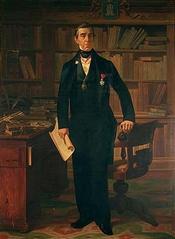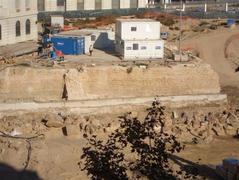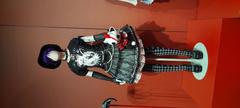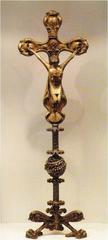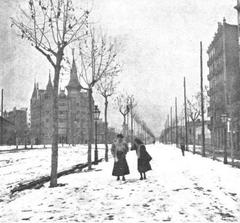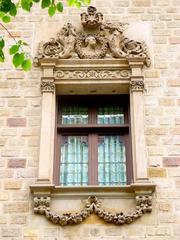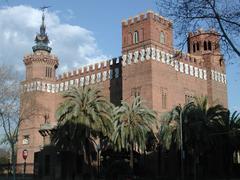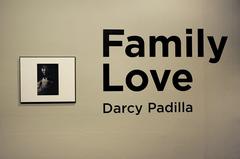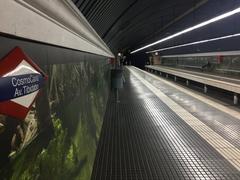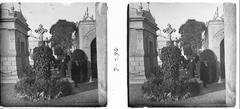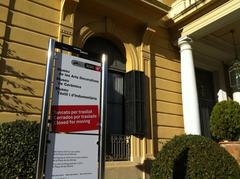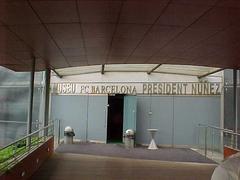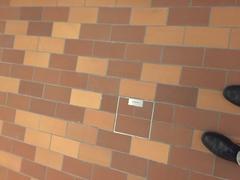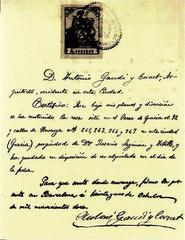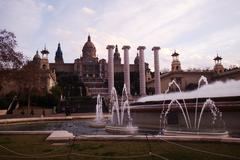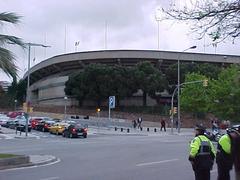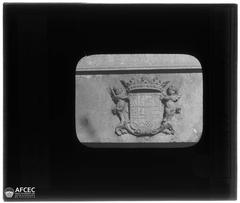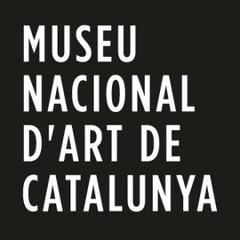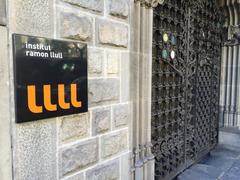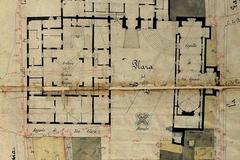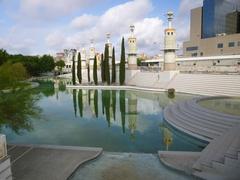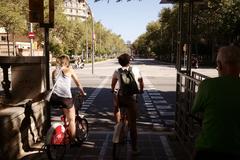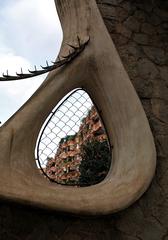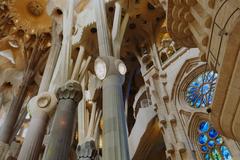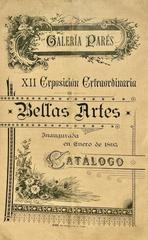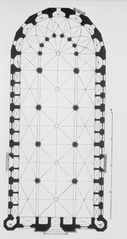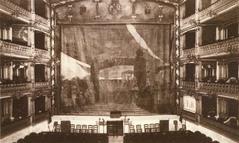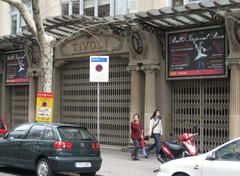Visiting Plaça de Catalunya: Everything You Need to Know
Published Date: 15/07/2024
Introduction to Plaça de Catalunya
Plaça de Catalunya, often considered the epicenter of Barcelona, is a vibrant and historically rich square that attracts millions of visitors each year. Located at the junction of several major streets, including Passeig de Gràcia and La Rambla, it serves as a central hub for both locals and tourists. The square’s significance extends beyond its geographical centrality; it is a symbol of Barcelona’s cultural and historical tapestry. Initial plans for the square date back to urban renewal projects in the mid-19th century, but it was officially inaugurated by King Alfonso XIII in 1927. Designed by renowned architects such as Pere Falqués and Puig i Cadafalch, the square is celebrated for its eclectic architecture, which includes elements of Noucentisme, Neo-Classicism, and avant-garde movements. Notable features include the “Monument to Francesc Macià” and the fountains that are illuminated at night.
Table of Contents
- Introduction
- History of Plaça de Catalunya
- Visiting Hours and Practical Information
- Travel Tips
- Conclusion
- FAQ
History of Plaça de Catalunya
Origins and Early Development
Plaça de Catalunya has a rich history that dates back to the mid-19th century. The square was conceived as part of urban renewal projects to address population growth and infrastructural challenges. Initial plans were part of the pla Rovira in 1859, but it wasn’t until the 1888 Universal Exposition that official permission was granted to develop the area.
Construction and Inauguration
Construction began in the early 20th century, designed by architects like Pere Falqués, Puig i Cadafalch, and Francesc de Paula Nebot. The square was officially inaugurated by King Alfonso XIII on November 2, 1927, marking a significant milestone in Barcelona’s urban development (source).
Architectural Features
Plaça de Catalunya is renowned for its eclectic architecture, featuring elements of Noucentisme, Neo-Classicism, and avant-garde movements. Covering approximately 50,000 square meters, it’s one of Spain’s largest squares, boasting notable sculptures and monuments like the “Monument to Francesc Macià” and the fountains that are illuminated at night.
Visiting Hours and Practical Information
Visiting Hours
Plaça de Catalunya is open to the public 24 hours a day, making it a versatile destination for both day and night visits. While you don’t need tickets to access the square itself, some nearby attractions may have specific visiting hours and entry fees.
Accessibility
The square is easily accessible by various modes of transportation, including metro lines L1 and L3, buses, and taxis. It is also a central hub for many of Barcelona’s bus tours.
Travel Tips
Best Time to Visit
The best time to visit Plaça de Catalunya is during the spring and fall when the weather is pleasant, and crowds are manageable. Early mornings or late evenings are ideal for a more tranquil experience.
Nearby Attractions
- La Rambla - A famous street that starts at Plaça de Catalunya and runs down to the Christopher Columbus Monument at Port Vell.
- El Corte Inglés - One of Spain’s largest department stores, located right on the square.
- Museu del Modernisme de Barcelona - A museum dedicated to Catalan modernism, located a short walk away.
Special Events and Tours
Plaça de Catalunya frequently hosts public events, concerts, and festivals. Guided tours are available and can provide deeper insights into the square’s history and architecture. Be sure to check local listings and official websites for the latest information.
Conclusion
Plaça de Catalunya is more than just a square; it’s a vibrant symbol of Barcelona’s rich cultural and historical tapestry. With its eclectic architecture, central location, and myriad of nearby attractions, it offers something for everyone. Whether you’re interested in history, shopping, or simply soaking in the atmosphere, Plaça de Catalunya is a must-visit destination in Barcelona.
FAQs
What are the visiting hours for Plaça de Catalunya? Plaça de Catalunya is open 24 hours a day.
Are there guided tours available at Plaça de Catalunya? Yes, guided tours are available and can provide detailed insights into the history and architecture of the square.
Is Plaça de Catalunya accessible by public transport? Absolutely, the square is a central hub for metro lines L1 and L3, various buses, and taxis.
For more travel tips and updates, be sure to check out our other posts or follow us on social media.
References and Further Reading
- Plaça de Catalunya. (n.d.). Retrieved from Barcelona Turisme
- Plaça de Catalunya. (n.d.). Retrieved from Wikipedia
- Plaça de Catalunya. (n.d.). Retrieved from Barcelona Hacks


